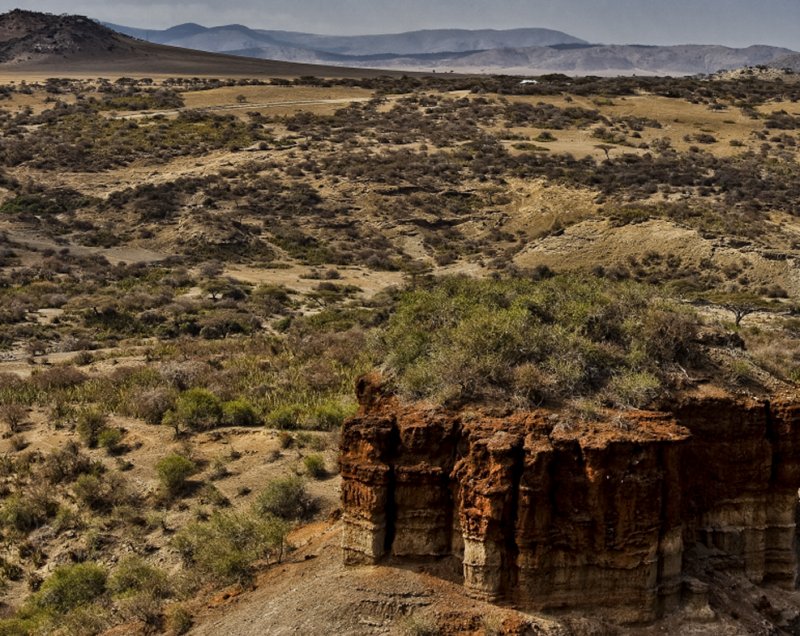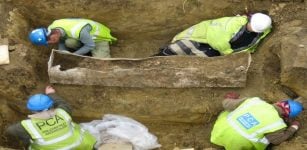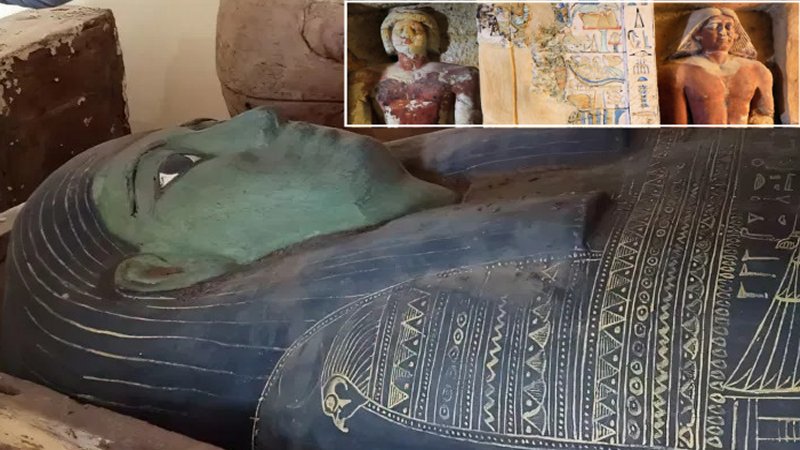Olduvai Gorge: Direct Cosmogenic Nuclide Dating Of Olduvai Lithic Industry
Conny Waters – MessageToEagle.com – Researchers published a paper with the results of burial dating using the cosmogenic nuclide isochron method, applied for the first time directly to the lithic industry of the Olduvai Gorge (Tanzania).
Olduvai Gorge. Image credit: Noel Feans – CC BY 2.0
Olduvai Gorge is one of the most important paleoanthropological localities in the world; the many sites exposed by the gorge have proven invaluable in furthering our understanding of early human evolution.
The Olduvai Gorge is known worldwide for its rich Lower Pleistocene paleontological and archaeological record.
Now in their study, researchers Toshiyuki Fujioka and Alfonso Benito-Calvo of CENIEH ( Centro Nacional de Investigación Sobre la Evolución Humana) applied a new site called Complex T69, positioned stratigraphically in Bed II, whose chronology is not well constrained compared to the underlying Bed I, due to fewer volcanic ash layers suitable for conventional K-Ar and Ar-Ar dating.
Stone tools from Bed II, Olduvai/I. de la Torre. Credit: CENIEH
This paper contributes to the challenge of building a robust geochronological framework on the archaeological sequences of the Olduvai sites through the application of cosmogenic nuclide dating.
The stratigraphic interval from middle to upper Bed II of the Olduvai Gorge is a key period for our understanding of the disappearance
Worked lithic flake. The Portable Antiquities Scheme/ The Trustees of the British Museum. Photographer – Birmingham Museums Trust, Teresa Gilmore – CC BY-SA 4.0
- of Oldowan industry (typically associated with Homo habilis) and
- the emergence of the Acheulean (typically associated with Homo erectus).
“The novelty of our contribution is twofold. First, we have applied a radiometric method that is still relatively new in archaeology and had never been attempted at Olduvai. Second, its ability to be applied directly to lithic tools, rather than indirectly estimating the ages of underlying or overlying sediments, or of surrounding sediments by assuming an association that is not always guaranteed,” explains Toshi Fujioka, first author of the paper.
The direct burial dating of stone tools using cosmogenic nuclide isochron data opens up new possibilities for future studies on human evolution, particularly on time scales of 500,000 years to several million years.
The study is published in Journal of Human Evolution
Written by Conny Waters – MessageToEagle.com – AncientPages.com Staff Writer













